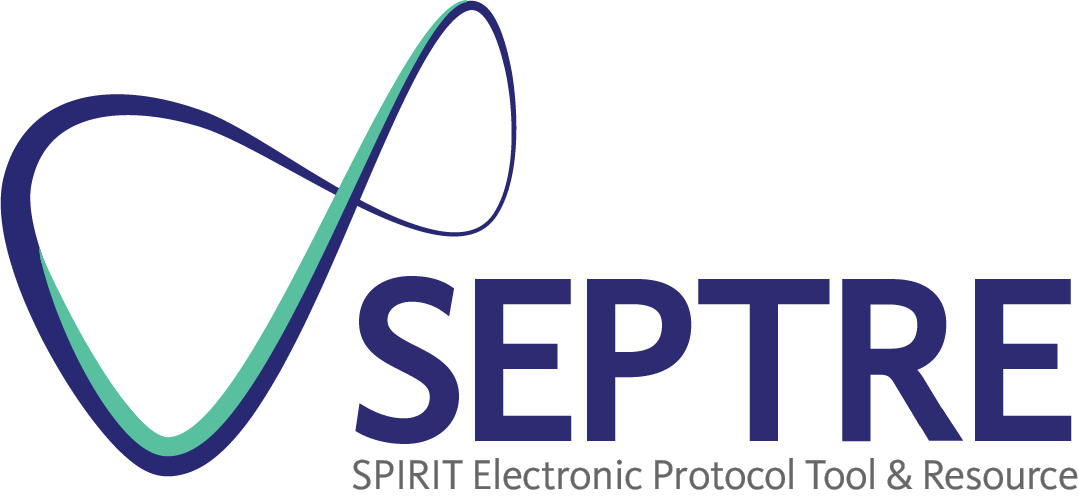Item 32: Model consent form and other related documentation given to participants and authorised surrogates.
Example
“APPENDIX 7 SAMPLE PATIENT INFORMED CONSENT
Note: . . . Each Ethics Committee or Institutional Review Board will revise and adapt according to their own institution’s guidelines.
MULTICENTER PHASE III RANDOMIZED TRIAL COMPARING DOXORUBICIN AND CYCLOPHOSPHAMIDE . . .
Study number: BCIRG 006 (TAX GMA 302)
Investigator name:
Address:
Consent Form:
This consent form is part of the informed consent process. It is designed to give you an idea of what this research study is about and what will happen to you if you choose to be in the study . . .”345
Explanation
The Declaration of Helsinki states that each potential trial participant must normally, at a minimum, be adequately informed about the purpose of the trial; potential benefits and risks; their right to refuse participation or to withdraw consent at any time; institutional affiliation and potential competing interests of the researcher; and sources of trial funding.1 There are rare exceptions where deferred consent can be acceptable, such as trials involving unconscious patients in emergency situations.
Special attention is required to ensure that relevant information is provided and appropriate modes of delivery are used during the consent process (Item 26).414 Consent and participant information forms are often written at a much higher reading level than is acceptable for the general population.415 Depending on the nature of the trial, several different consent documents may be needed. For example, a paediatric trial may involve both Parental Permission and Participant Assent documents. For multicentre trials, a model or sample document is typically drafted for distribution to local investigators, who may then revise the document to comply with local requirements.
| 31c: Reproducible research | 33: Biological specimens |

